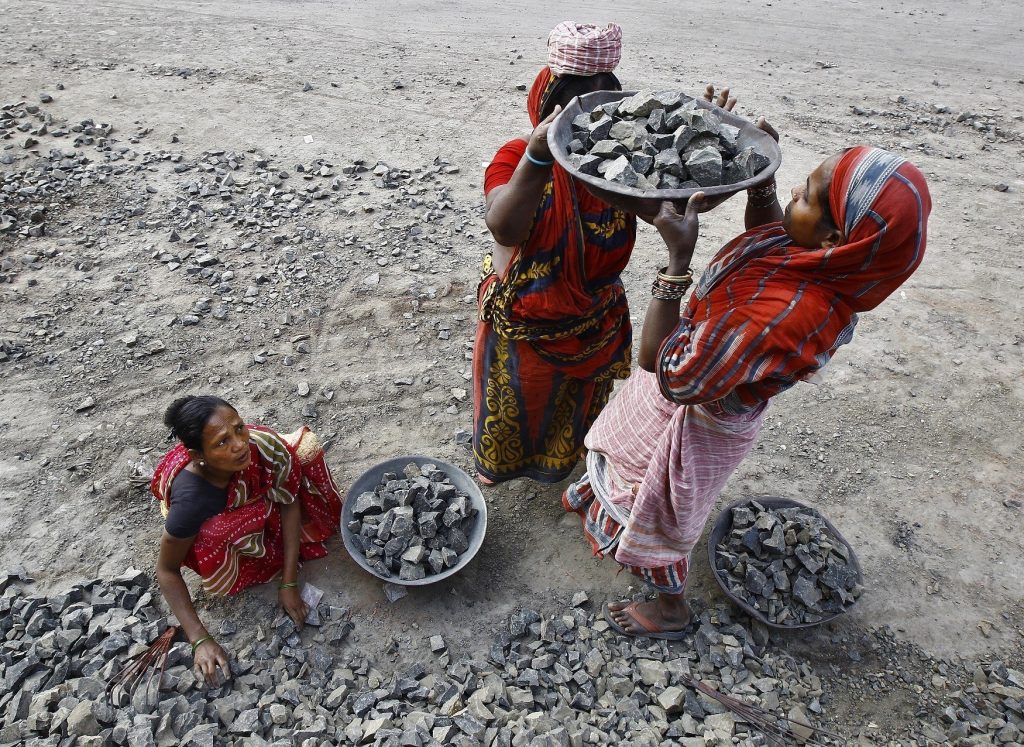Addressing from the ramparts of the Red Fort on Independence Day, Prime Minister Modi threw light on the Centre’s ‘Azadi Ka Amrit Mahotsav’, and described the present time as ‘Amrit Kaal’. He had first used the term ‘Amrit Kaal’ during the 75th Independence Day celebrations. Union Finance Minister Nirmala Sitharaman had repeatedly referred to the term “Amrit Kaal’ while presenting the Union Budget for the current fiscal.
‘Amrit Kaal’ is a Vedic astrology term that signifies the perfect time or auspicious time to start a new venture. Now, the question creeps in mind: ‘Amrit Kaal’ for whom? Certainly not for the vulnerable sections of society. What type of ‘Amrit Kaal’ is for the poor, the hungry, the homeless, the orphans, and the jobless youth? Is it not preposterous to talk of ‘Amrit Kaal’ when the economy is ravaged by the pandemic, soaring inflation, and increasing privatisation of health, education and other essential services? How can one talk of ‘Amrit Kaal’ when India has the ignominy of being home to the highest number of hungry, homeless and poor people in the world?
Around 27.9% of Indians are multi-dimensionally poor, as per the Multidimensional Poverty Index of the UNDP. According to the report ‘The State of Food Security and Nutrition in the World 2022,’ around 70.5% of Indians were unable to access healthy food, and 16.3% are undernourished. According to the Global Social Mobility Report 2020, in India, it would take seven generations for a member of a poor family to achieve an average income.
The PM in his speech kept talking about the aspirational youth and how they always want to go for more during their lifetime, and don’t want to wait forever for better facilities and resources. But, in the UN’s Sustainability Index report 2021, that assesses the capacity of 180 countries to ensure that their youngsters can survive and thrive, India ranks 77th. The country ranks 131st on the Flourishing Index (flourishing is the geometric mean of surviving and thriving).
The present job scenario is so precarious that youths are not searching for jobs as reflected in the declining labour force participation. According to the Centre for Monitoring Indian Economy (CMIE), the unemployment rate in India averaged 8.35% from 2018 until 2022, reaching an all-time high of 23.50% in April 2020 during the pandemic. The Union government, which promised two crore jobs every year back in 2014, has, in fact, heightened the unemployment crisis. Before the pandemic struck, the country’s unemployment rate was 6.1% in 2017-18, a 45-year high, as per the Indian government’s periodic labour force survey (PLFS) data.
The government had in February this year informed the Rajya Sabha that there were an estimated 8.72 lakh vacancies in various Central ministries and departments as of March 1, 2020, in respect of regular civilian employees. However, other sources reveal that at least 30 lakh sanctioned posts under the central government (including those under various bodies and institutions run by the Centre) and an estimated 30 lakh posts under various state governments are lying vacant.
The rush for government jobs continued unabated over the last eight years but less than 1 per cent of applications received were selected. Of the 22.05 crore applications received from 2014-15 to 2021-22, only 7.22 lakh or 0.33% were recommended for appointment in different Central government departments, the government informed the Lok Sabha July 28, 2022.
The Prime Minister hailed ‘Nari Shakti’ and said that respect for women is an important pillar of India’s growth. Stating that women in India face many challenges, he gave a message to the nation to take a pledge to stop disrespecting women or do nothing that lowers the dignity of women. The pungent truth is that in 2018, India was dubbed by the Thomson Reuters Foundation as the world’s most dangerous country for women due to the high risk of sexual violence. The gruesome face of new India is seen when 11 people convicted of rape and murder in the Bilkis Bano case of the 2002 Gujarat riots were released within hours of the PM’s praise of ‘Nari Shakti’. According to the Global Gender Gap Index, at the present speed, India requires around 200 years to close the gender gap.
The present time is ‘Amrit Kaal’ for the rich, the corporates, and the powerful people. The extremely rich and powerful are profiting from the pain and suffering of others. The system is so rigged that whether it be the COVID recession or post-COVID inflation, the rich gain and the poor lose. Rich, corporates are benefiting from the negative real interest rate, lower corporate tax and manipulation of the stock market. The corporate profit to GDP ratio hit a 10-year high of 2.63% in 2020-21. In 2021-22, the cumulative profits of top 500 companies as a percentage of the country’s GDP hit an 11-year high of 4.3%.
According to Oxfam India’s ‘Inequality Kills’ report, during the pandemic when more than 4.6 crore Indians are estimated to have fallen into extreme poverty, 84% families experienced a decline in income, and the number of Indian billionaires grew from 102 to 143 and their wealth increased from `23.14 lakh crore to `53.16 lakh crore. According to Credit Suisse’s 12th Wealth Report, in India, the richest 1% have 33% of the country’s total wealth.
The true measure of any society can be found in how it treats its most vulnerable sections. The present ruling class ignores the poor and the downtrodden while catering to the interests of the rich and the powerful.
The writer is an Odisha-based economist and columnist. Views are personal.
